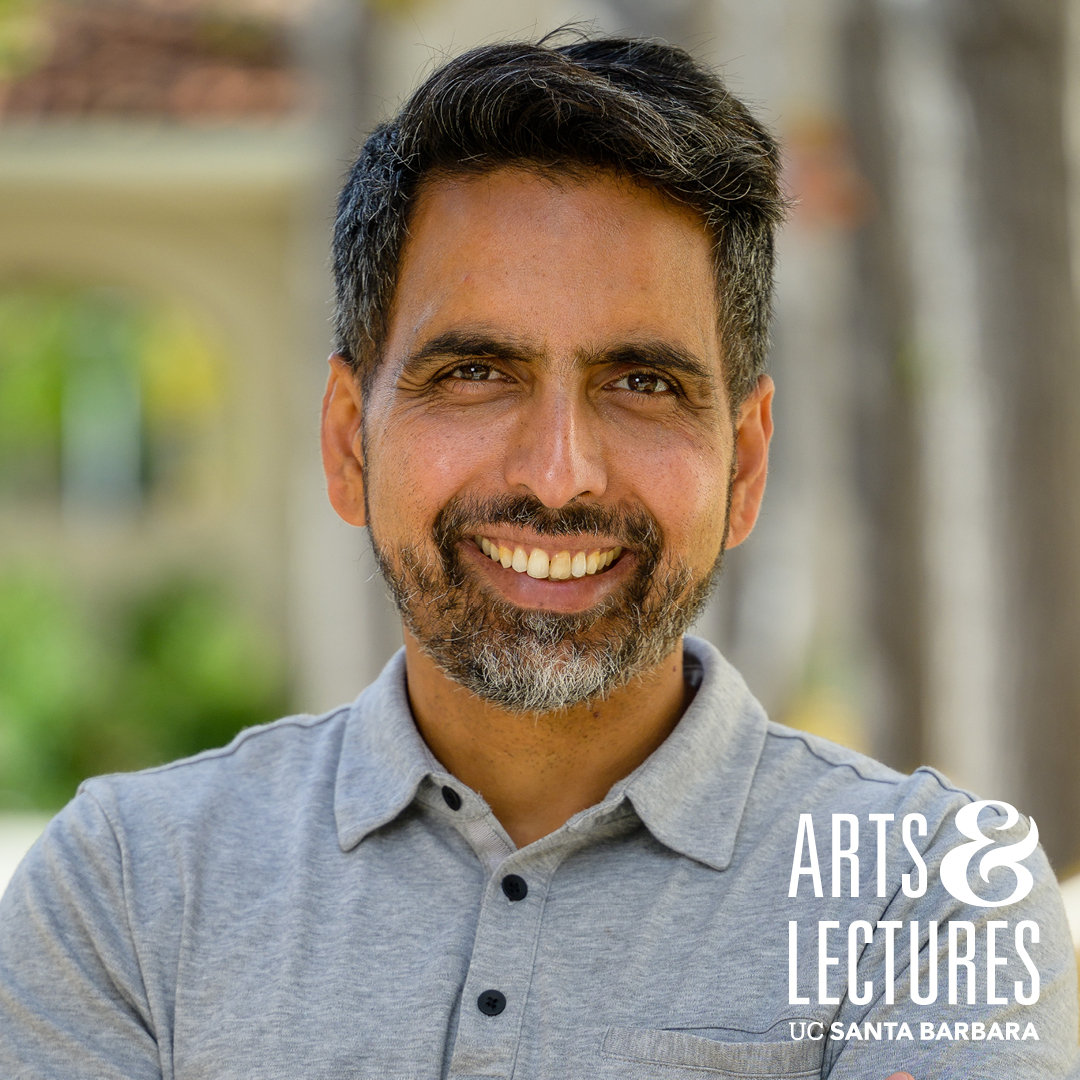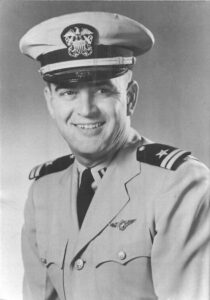On the evening of October 5, 2024, Salman “Sal” Khan made a presentation at the Arlington Theatre on a fascinating, yet challenging subject: Artificial Intelligence (AI). In his talk, he introduced a new AI-powered feature on Khan Academy, as well as delving deeper into the subject of AI and its unknown future.
The event was hosted by the University of California, Santa Barbara (UCSB) Arts and Lectures department. 500 free tickets were offered to UCSB scholars, TK-12 public school students, and teachers as part of a collaboration with the Santa Barbara County Education Office.
The local bookstore Chaucer’s held a table to the side of the concession stand, selling copies of Khan’s recent book Brave New Words: How AI Will Revolutionize Education (and Why That’s a Good Thing). Many of the topics discussed in his talk were drawn from this book.
Khan is the renowned founder of Khan Academy, a non-profit educational platform that assists students and educators all over the world. For his undergraduate degrees, he attended Massachusetts Institute of Technology (MIT) and earned three degrees in mathematics, electrical engineering, and computer science. He went on to obtain a Master of Science in both electrical engineering and computer science. Khan also completed a Master of Business Administration at Harvard Business School. At the time of Khan Academy’s creation and founding, he worked as a hedge fund analyst.
Even from his humble beginnings as a tutor for his cousins, Khan knew that there was a problem with the education system in its abilities to comprehensively and universally teach: a two-sigma problem. Khan presented the two-sigma problem to his audience that night.
Initially researched by Benjamin Bloom, the two-sigma problem meant that if one-to-one tutoring combined with mastery learning (another proposed strategy by Bloom) was implemented in classes, then the average performance of each student would increase by two standard deviations. In other words, if individual attention was given to every student, performance would be significantly better compared to regular classroom environments with large student-teacher ratios.
Khan explained this through the eyes of history; for example, Alexander the Great had Aristotle as his personal tutor through adolescence. If the young Alexander had trouble with philosophy, then Aristotle would sit him down and talk him through it. Likewise, if he was particularly talented in medicine, then they could move on to higher level practices.
In general, education continued this way. The influential and wealthy figures of history received tutoring either in small groups or individually, while the majority group of lower class workers would have little to no formal education.
This system continued until about 200 years ago, when the current school system was introduced. Instruction was made accessible to all, and while formal education was no longer limited, it also meant that new problems would arise.
While Khan Academy’s personalized learning structure is already beneficial to the education of students, Sal Khan and his team hopes to further improve their system by implementing AI into their website.
“Khanmigo” is an AI-powered tutor made specifically for the purpose of learning. Khan demonstrated its abilities to the audience, going in-depth about its skills and potential. It coaches students across numerous fields; while it will not give the student answers, Khanmigo is meant to help them arrive at the solution. For educators, it will assist in engaging students; it can produce ideas for lesson plans, classroom activities, and more. As of October 24, 2024, Khanmigo is free for educators and costs four dollars a month for students and parents.
SBHS Computer Science Academy Director Sky Adams discussed the impact of artificial intelligence in her classroom, saying,
“Students use it as a way to get out of work; it’s hurtful because they’re not learning, but it generally doesn’t work that well either. But when a student wants to learn, it can be very useful.”
Adams finds herself in the middle when it comes to AI. She finds it advantageous in problem solving, email writing, and coding. However, AI is usually a last resort when it comes to coding or debugging. In writing, it is more commonly used to suggest ideas or wording rather than complete generation. She also remarks that “we have to be smart about how we’re using it, in both the sense of when it is biased and when it is accurate.”
In the area of image generation, Adams found AI profoundly unreliable and biased: “If I ask it to create a cartoon-style image of computer science students, it will generate a room with a bunch of boys in it.” While AI does prove beneficial in many aspects, it has quite a bit of room to improve.
Khan’s perspective on the outcome of AI is rather optimistic: he even admits it himself in his speech. However, he states that “all technology is an amplification of intent.” From the harnessing of fire to the creation of the computer, technology has been neutral. One may use instruments with the intention of harming, but one may also use it for protecting or creating.
While AI has its own nuances, it is still a technology meant for the facilitation of human interests. He is not an optimist out of faith: Khan intends to be an active advocate for the positive side of AI. Since he cannot change the mindset of people with bad intentions on the use of artificial intelligence, he instead desires for the positives to outweigh the negatives.
He ended his speech with the following remarks: “I think we can use artificial intelligence (AI), to improve HI (human intelligence), and human purpose. Thank you.”
Through the development of AI in Khan Academy, he hopes to enhance both students’ and educators’ learning experiences. After these final comments, Khan was met by a thunderous applause. As Sal Khan continues in his endeavors to make education more accessible and personal, his supporters from Santa Barbara will remember this evening for many years to come.
Khan discusses artificial intelligence at recent UCSB Arts and Lectures event [Image credit: UC Santa Barbara Arts and Lectures]






Be First to Comment